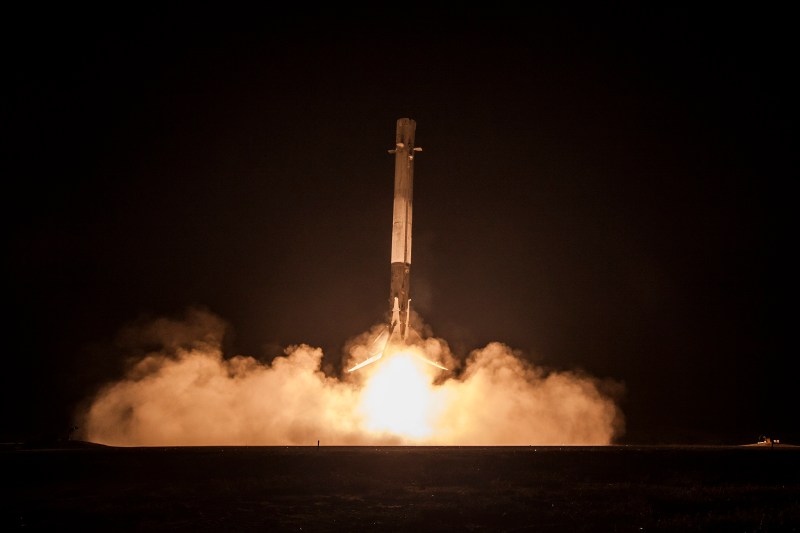The sparks that appear on the baseball-sized rock (starting at :17) result from the laser of the ChemCam instrument on NASA’s Curiosity Mars rover hitting the rock.
ChemCam’s laser zapping of this particular rock was the first time the team used Curiosity’s arm-mounted Mars Hand Lens Imager (MAHLI) camera to try and capture images of the spark generated by the laser hitting a rock on Mars. Their efforts were a success.
The video is compiled from single images from the MAHLI camera, taken during the 687th Martian day, or sol, of Curiosity’s work on Mars (July 12, 2014).
Since Curiosity landed in Mars’ Gale Crater in August 2012, researchers have used ChemCam’s laser and spectrometers to examine more than 600 rock or soil targets. The laser itself has been fired more than 150,000 times. The process, called laser-induced breakdown spectroscopy, hits a target with pulses from the laser to generate sparks, whose spectra provide information about which chemical elements are in the target. Multiple laser shots are fired in sequence, each blasting away a thin layer of material so that the following shot examines a slightly deeper layer. In this case, “Nova” displayed an increasing concentration of aluminum as a series of laser shots from the rover penetrated through dust on the rock’s surface.
source: NASA Rover’s Images Show Laser Flash on Martian Rock
